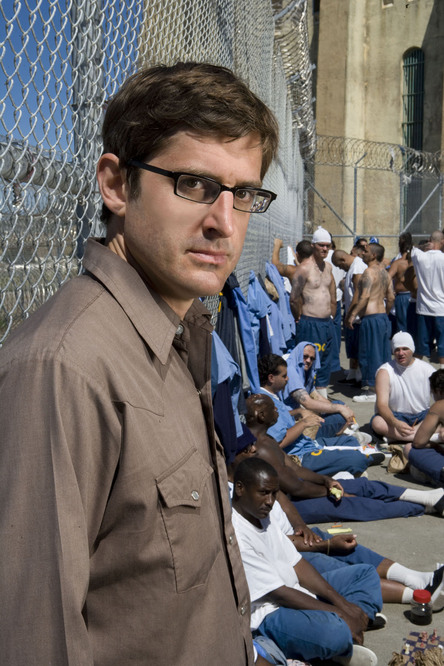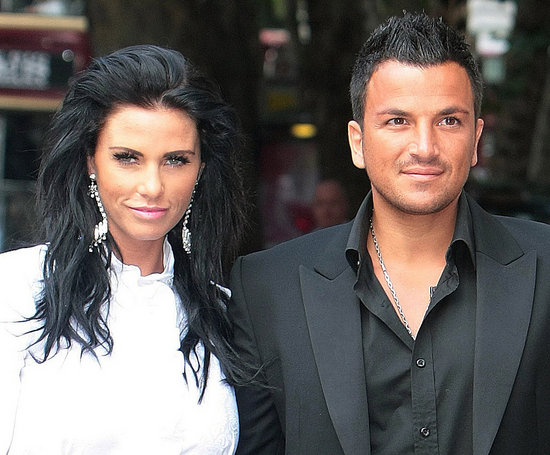Ok. Now that you've watched a documentary and got the general gist of what they do and how they are structured, you are going to watch a couple more (on the Media Student Drive: L:\Media Studies).
Your task is to pick a FIVE MINUTE section of one of the documentaries, then make some notes on each of the following headings. Once you have made notes, you need to be ready to SHOW your chosen five minute clip, and then TEACH the class what you know about your chosen section.
• Voice over: narration, commentary, voice of God
• Interviews
• Location sound recording
• Cutaways: from a given scene to provide images that illustrate or complicate a point made within a scene.
• Continuity and evidentiary editing: help create a seamless narrative (evidentiary editing organises cuts within a scene to present the impression of a single, convincing argument supported by logic).
• A reliance on people in their everyday roles and activities.
• The organisation of a film as problem solving: establishing a problem or issue, examination of its current complexity or severity, including recommendation or solution that the viewer is encouraged to endorse or adopt personally.
• Written text or images: on screen or bits of evidence, eg. newspapers
• Music and credits
• A closed narrative structure (beginning, middle and end)
• Camera shot, eg. Shaky to increase reality, hidden camera
• Maps and diagrams
• Still pictures
• Archive footage
Wednesday, 24 June 2009
Thursday, 18 June 2009
The different types of documentary
Below are the main types of documentary that you will need to investigate. Then, you will need to decide which one you want to prepare and plan for your actual documentary production.
Investigative documentary – an investigation into an area of concern, either current or historical, often placing great emphasis on the careful presentation of evidence and argument:

Historical documentary – uses mainly archive films and stills, together with witness accounts either to camera or from letters etc:

Personality documentary – the presenter takes the viewer through the topic and links sections of the film together while being present on screen for a lot of the time:

Objective documentary – in which the only commentary comes from the people about whom it is made:

Fly on the wall documentary – in which the camera becomes invisible whilst following people in the course of their daily lives:

Drama documentary – where events are recreated using actors but actual facts and real events from the story. The “story” may be enhanced using fictional and/or reconstructed inserts. These are often about “controversial” and political issues and events:

Alternative documentary – an alternative approach to documentary which aims to counter the dominant representations and stereotypes of conventional documentary form. They often take up issues of minority politics, e.g. racism and sexism, and are different in their style and presentation.
Video diaries – only one highly portable camera is used in this very personal and individual form. The camera is used as a “confidante”.
Docu-soap – usually part of a series of programmes which feature an inside look at an institution through a set of “characters” who appear each week.
Mockumentary – the documentary is completely fictional but has the same form as a documentary
Investigative documentary – an investigation into an area of concern, either current or historical, often placing great emphasis on the careful presentation of evidence and argument:

Historical documentary – uses mainly archive films and stills, together with witness accounts either to camera or from letters etc:

Personality documentary – the presenter takes the viewer through the topic and links sections of the film together while being present on screen for a lot of the time:

Objective documentary – in which the only commentary comes from the people about whom it is made:

Fly on the wall documentary – in which the camera becomes invisible whilst following people in the course of their daily lives:

Drama documentary – where events are recreated using actors but actual facts and real events from the story. The “story” may be enhanced using fictional and/or reconstructed inserts. These are often about “controversial” and political issues and events:

Alternative documentary – an alternative approach to documentary which aims to counter the dominant representations and stereotypes of conventional documentary form. They often take up issues of minority politics, e.g. racism and sexism, and are different in their style and presentation.
Video diaries – only one highly portable camera is used in this very personal and individual form. The camera is used as a “confidante”.
Docu-soap – usually part of a series of programmes which feature an inside look at an institution through a set of “characters” who appear each week.
Mockumentary – the documentary is completely fictional but has the same form as a documentary
A2 Coursework
We have decided (in our infinite wisdom) to set the following brief for A2 Coursework:
an extract from a new documentary TV programme, lasting approximately five minutes
Then it needs two from the following three options:
A radio trailer for the documentary:

A double-page spread from a listings magazine focused on the documentary:

A newspaper advertisement for the documentary:

Your First task:
Re-watch the Tourettes documentary and make notes on your blog as to how the documentary uses the technical aspects to create meaning. Focus on how the documentary uses the following:
Camera shots and angles
Editing
Voice over
Interviews
Location sound recording (diegetic sounds)
Non-diegetic music
Structure (what comes where in the documentary and why)
Archive footage (footage taken in the past).
In addition, you might find the Guardian take on it an interesting read.
an extract from a new documentary TV programme, lasting approximately five minutes
Then it needs two from the following three options:
A radio trailer for the documentary:

A double-page spread from a listings magazine focused on the documentary:

A newspaper advertisement for the documentary:

Your First task:
Re-watch the Tourettes documentary and make notes on your blog as to how the documentary uses the technical aspects to create meaning. Focus on how the documentary uses the following:
Camera shots and angles
Editing
Voice over
Interviews
Location sound recording (diegetic sounds)
Non-diegetic music
Structure (what comes where in the documentary and why)
Archive footage (footage taken in the past).
In addition, you might find the Guardian take on it an interesting read.
Subscribe to:
Posts (Atom)
